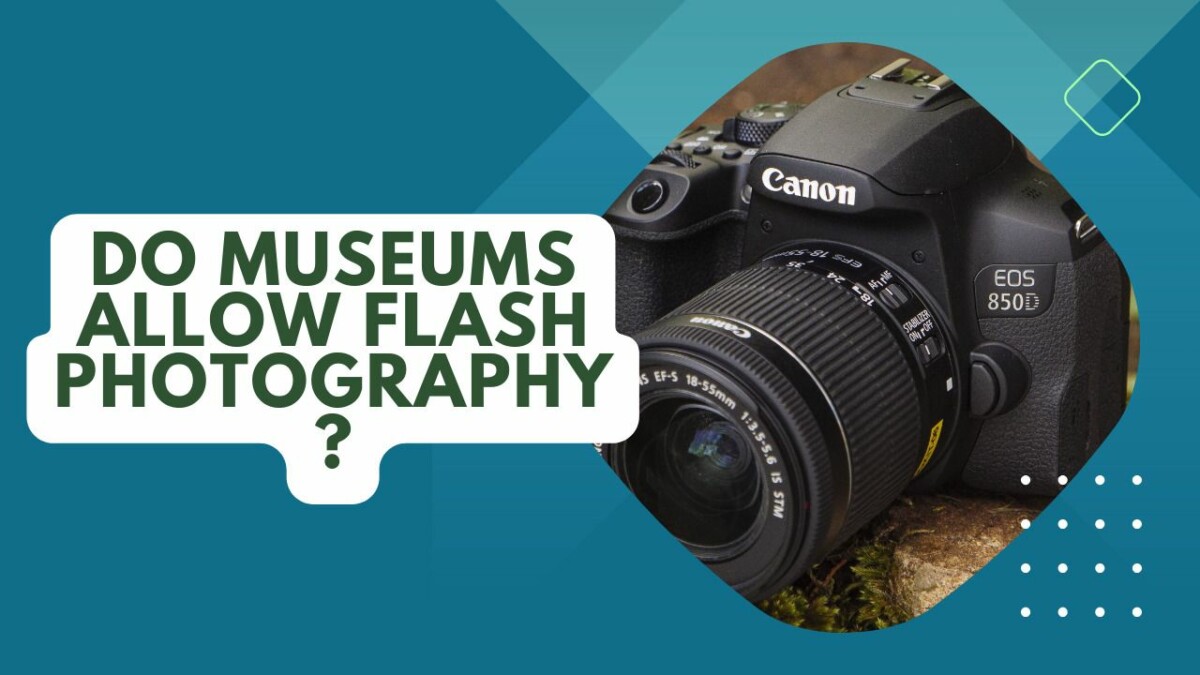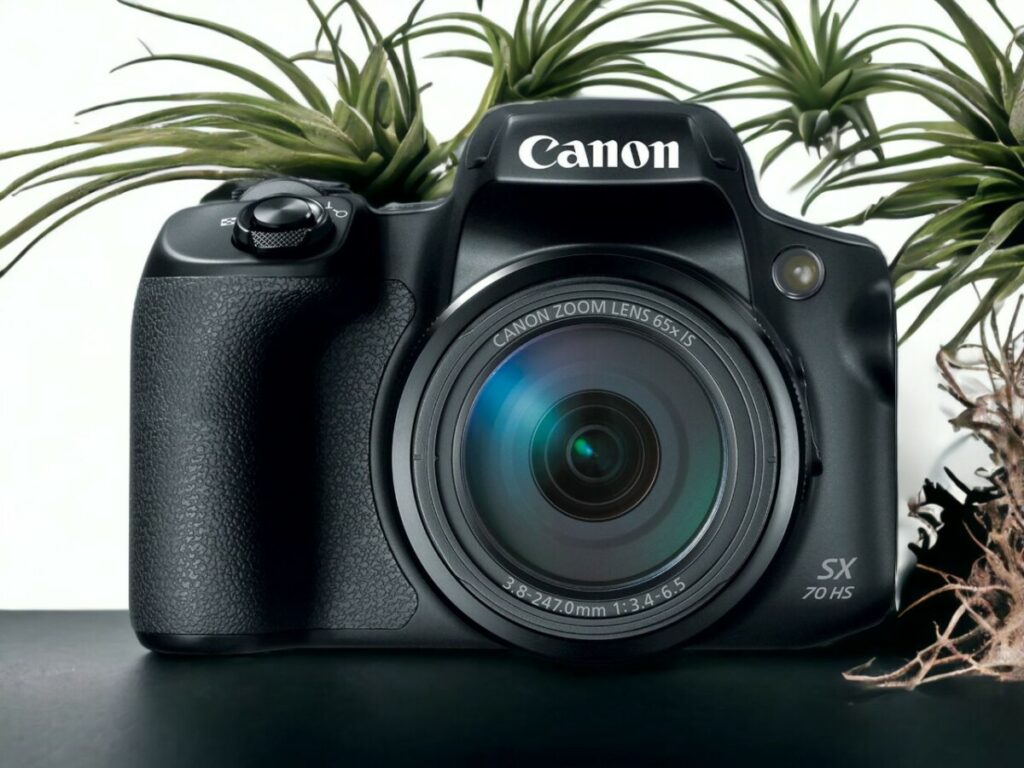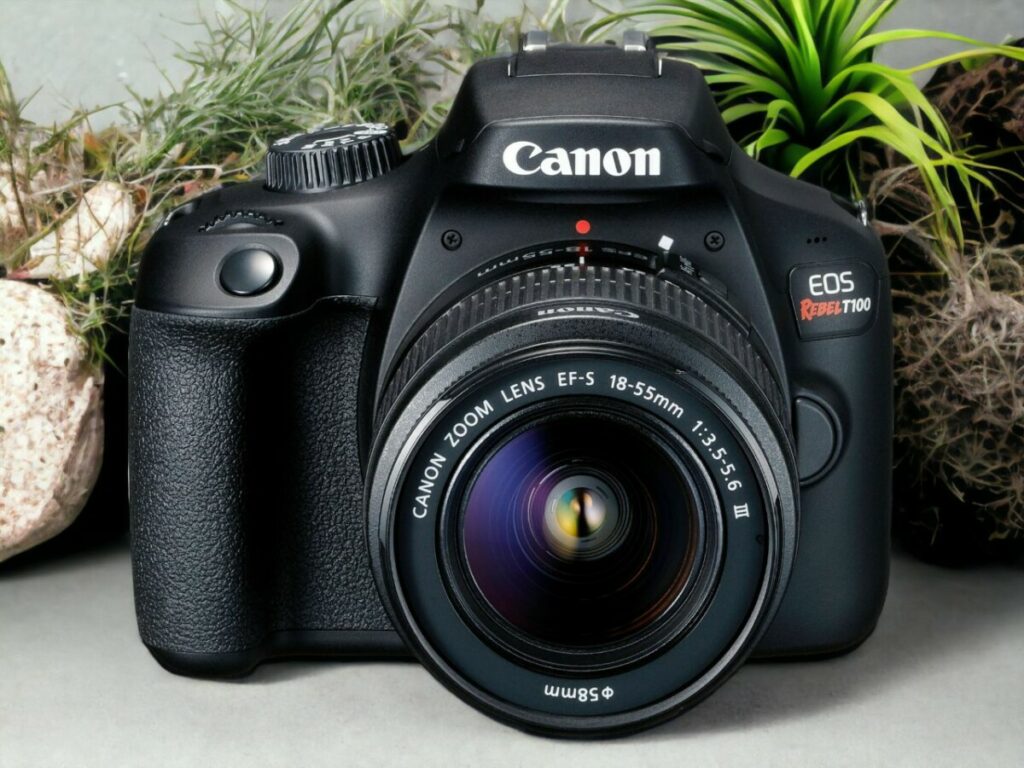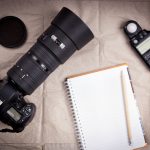 So, you’re all set to hit a museum, camera at the ready, keen to capture some breathtaking pieces of art. But hold up, what’s up with the ‘No Flash Photography’ sign?
So, you’re all set to hit a museum, camera at the ready, keen to capture some breathtaking pieces of art. But hold up, what’s up with the ‘No Flash Photography’ sign?
The thing is, flash can be a real party pooper. Not only can it mess with the integrity of the exhibits, it can also be a buzzkill for other visitors. And let’s not even get started on the potential legal issues it can stir up.
Moreover, it can totally shift the way we perceive artworks. Keep in mind, every flash is a step towards cumulative damage.
Now, let’s break down why a bunch of museums aren’t too thrilled about flash photography.
Do Museums Allow Flash Photography?
Many museums have a no-flash-photography rule to protect their exhibits from any potential light damage and to prevent any disturbance for other visitors. Before you start clicking away with your flash, make sure to check the museum’s policy or ask the museum staff for permission.
You may think that a click of your camera flash isn’t a biggie, but let’s get real, over time it can cause some serious harm to art pieces and historical artifacts.
This is one of those low-key hazards of flash photography that most people are clueless about. The powerful light, especially the ones from xenon flashes, can mess up pigments and fragile stuff like paper and canvas. It can lead to fading and deterioration, putting the preservation of these priceless art pieces at risk.
Plus, when you think about the cumulative effect of tons of visitors snapping away with their flash, the damage can skyrocket. That’s why museums, in their mission to keep their collections safe and sound, are often super strict about rules limiting or even banning flash photography.
How Flash Photography Can Disturb Other Visitors

You probably didn’t even notice, but that flash you’re popping off for your pics? Yeah, that’s seriously messing with people’s vibes at the museum. It’s like, you’re so into getting that insta-worthy photo, you totally forget about the unspoken rules of flash photography. And those rules are pretty big on making sure everyone is having a chill time.
Imagine this: you’re in a low-light room, completely lost in an exhibit, when suddenly, bam! A flash goes off. Kind of like someone’s constantly flicking the lights on and off. It’s a total mood killer, right? And let’s not forget about the sound that comes with flash photography. That click-click sound shatters the peaceful silence people usually go to museums for.
Ownership and Rights: The Complications of Flash Photography in Museums

In the museum universe, there’s more to the flash photography debate than just the possible damage it could inflict on the exhibits. You also have to navigate the murky waters of ownership and rights.
Believe it or not, museums don’t own all the pieces they showcase. Some are on loan, others are part of touring exhibits. This creates a gnarly web of copyright issues that can make the green light for photography a bit of a headache.
A lot of the time, the rights to a piece of art stay with the artist or their estate, even after it’s bought and sold. So, a museum mightn’t even have the okay to let you snap a pic of certain pieces, flash or no flash.
To keep things on the down-low, a lot of places just go for a total flash photography ban, making it easier for everyone.
Flash Photography’s Interference With Artistic Interpretation
You know what’s crazy? When you’re out there clicking away with your camera’s flash on, trying to capture the beauty of art pieces, you’re actually messing with their essence. It’s like an unexpected plot twist! The flash from your camera can create stark, dramatic contrasts and shadows, totally messing with the original color and texture of the artwork. It’s like giving the artwork a complete makeover without its consent.
It’s not just about the aesthetics, though. The misinterpretation caused by the flash can lead us to understand or appreciate the art piece in a skewed way. It’s like seeing a movie but missing the main plot.
Besides, there’s also a matter of ethics here. How would you feel if someone totally misrepresented your work? Not that great, right? That’s exactly what happens when you use flash photography in museums. The artist’s intentions and the integrity of their work can get compromised, even if unintentionally.
I get it, you’re trying to capture a moment. But remember, every action has its consequences. In this case, these aren’t just about the art’s preservation, but also about how it’s interpreted. So, next time, keep it real and respect the art. A little mindfulness can go a long way.
The Cumulative Effect of Flash Photography in Museums
Here’s a thought: picture yourself visiting museums over and over again, your camera flash slowly nibbles away at the quality of irreplaceable artworks.
- Flash photography, it’s not all snaps and selfies. It can mess with the colour and the very fabric of the artworks, slowly eroding their originality.
- Plus, it’s a major distraction for other folks trying to enjoy their museum visit. It’s like a pop concert without the fun part.
- Museums have got a serious job on their hands. They need to do a better job educating visitors about the damage flash photography can do. It’s not just about the ‘no flash’ signs, it’s about understanding why.
- Oh, and let’s not forget about the legal side of things. Your innocent flash can step on the toes of artwork owners, stirring up a whole pot of copyright issues.
- And to top it all off, if your high-quality snaps end up on social media, it can mess with people’s perception of the artwork.
Wrapping Up Our Flash Photography Maze – A Note on Its Impact and Usability
Well, there you have it folks! We’ve traveled far and wide exploring the ins and outs of flash photography in museums. But hey, let’s not stop there. As we unravel this flash photography maze, let’s tread further to understand some pressing queries surrounding this interesting domain.
Ever wondered if a camera’s flash photography can damage paintings? You might have heard some chatter about flash causing discoloration or even cracking the paint. But is some of it all just a myth or reality? We’ve delved deeper into the implications, don’t miss it out!
Shifting gears a bit, let’s talk about the cute little munchkins. You adore their pictures, don’t you? But have you asked if you can use flash photography with newborns? Will that glaring light be too harsh for those tiny eyes? It’s a mix of science and sentiment, and we’ve compiled it all for you.
If you’re a product photographer or intend to be one, there’s something in the store for you too. Spend some time understanding if ring lights work for product photography. Spoiler alert – the answer might surprise you!
So, as we wrap up this journey, remember that photography isn’t just about clicking a button. It’s about answering questions and exploring new concepts. So go on, let your photography journey become a learning experience, because there’s always more to uncover. Keep flashing!

Photo & Videographer
A photographer with a passion for capturing the beauty of nature and the human form. My work has been featured in galleries and publications around the world, and I strive to create images that evoke emotion and tell a story.




